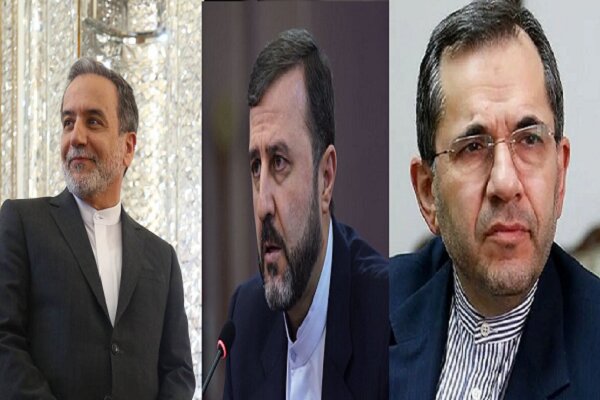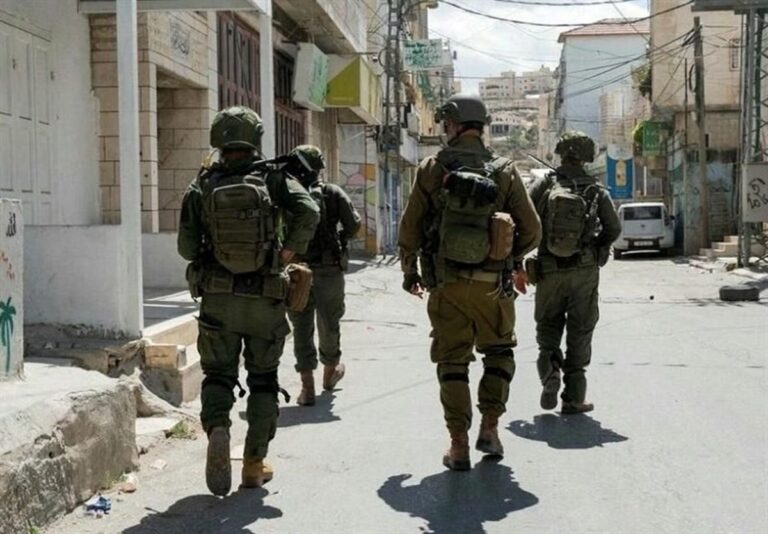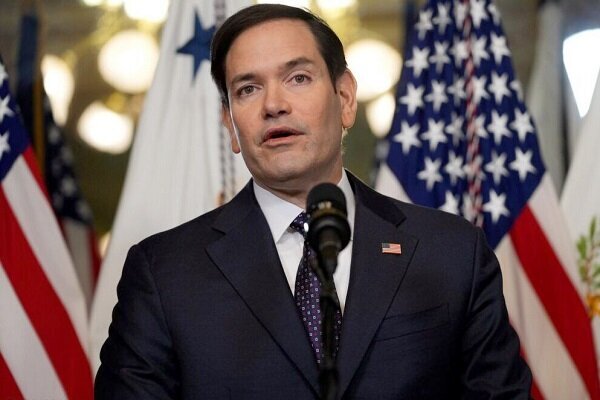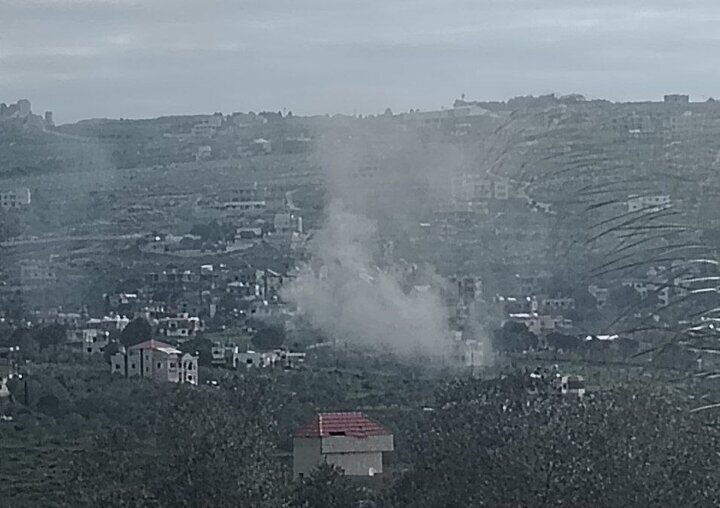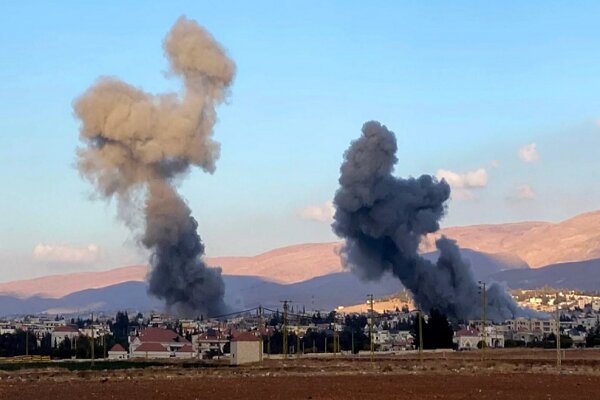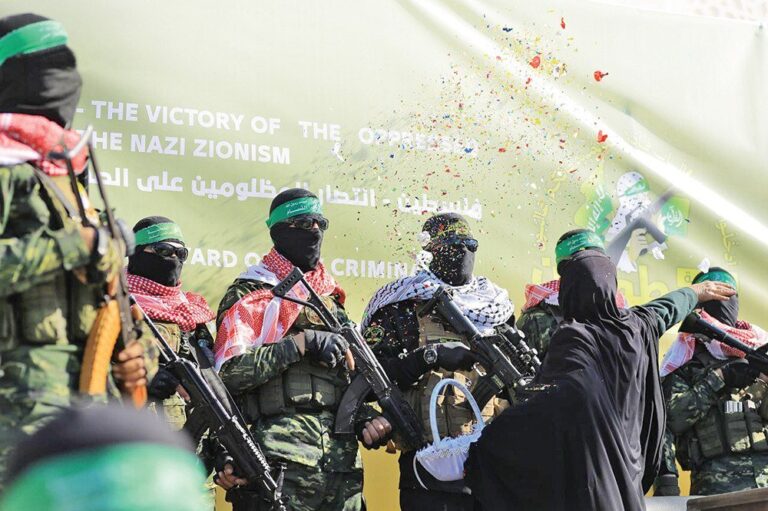Meet Iran’s Key Players in U.S. Negotiation Talks: Who’s at the Table?
The Iranian negotiating team has recently made headlines as they engage in crucial discussions aimed at protecting Iran’s authority and national interests. This diplomatic mission highlights the complexities of international relations, particularly concerning Iran’s nuclear program and the historical context of US-Iran negotiations.
The Iranian delegation, which arrived in Muscat, the capital of Oman, on Saturday morning, comprises key figures including:
- Majid Takht-e-Ravanchi – Deputy Foreign Minister for Political Affairs
- Kazem Gharibabadi – Deputy Foreign Minister for Legal and International Affairs
- Esmaeil Baghaei – Foreign Ministry Spokesman
Upon the Iranian delegation’s arrival, Esmaeil Baghaei took to social media platform X to express the team’s commitment to leveraging every possible resource to safeguard Iran’s interests. His statement underscores the strategic importance of these talks in the broader context of Iran’s diplomatic engagements.
On April 8, Iranian Foreign Minister Abbas Araghchi emphasized that the ongoing negotiations in Oman serve as a critical opportunity to gauge the sincerity of the United States. He pointed out the US’s historical tendency toward non-commitment and unilateralism, which has shaped the dynamics of past negotiations.
Reflecting on recent history, it is essential to note that in 2018, during his first term, US President Donald Trump made the controversial decision to withdraw from the Joint Comprehensive Plan of Action (JCPOA), an agreement that was designed to limit Iran’s nuclear capabilities. This withdrawal was accompanied by a rigorous maximum pressure campaign aimed at Iran, which significantly altered the landscape of diplomatic relations.
Since returning to office for a second term in January, Trump has hinted at a potential willingness to negotiate a new agreement that would replace the abandoned JCPOA. This shift in tone has raised questions about the future of US-Iran relations and the possibility of renewed negotiations.
On March 12, Trump sent a letter to the Leader of the Islamic Revolution, Ayatollah Seyyed Ali Khamenei, urging negotiations for a new deal while simultaneously threatening military action should Tehran refuse to comply. This tactic of combining diplomacy with pressure has been a hallmark of the US approach to Iran.
In response to these developments, Iran has firmly ruled out the prospect of direct negotiations with the US under conditions of pressure and threats. However, officials have indicated that indirect talks could still be a viable option, leaving the door open for potential dialogue without direct confrontation.
The Iranian negotiating team’s visit to Oman marks a significant moment in the ongoing saga of US-Iran relations, highlighting the delicate balance between diplomacy and the underlying tensions that have historically characterized these interactions. The outcome of these talks could have far-reaching implications not only for Iran but for the broader geopolitical landscape.
As the negotiations unfold, it is vital for both sides to approach discussions with a mindset geared toward constructive dialogue and mutual respect. The international community is watching closely, as any progress or setbacks in this diplomatic effort will undoubtedly influence regional stability and international relations.
In summary, the Iranian delegation’s presence in Oman and their commitment to negotiating underlines the intricate nature of diplomacy in the face of historical grievances and geopolitical challenges. The world awaits to see whether these talks will lead to a breakthrough or further entrench the existing divisions.
